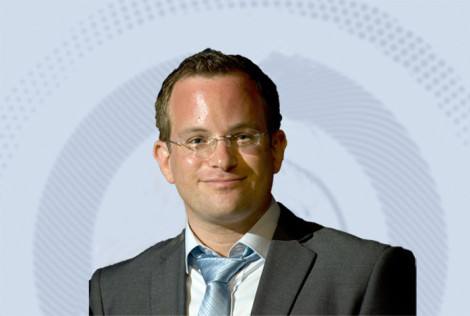ננו חומרים
BINA הינה מרכז בינלאומי מוביל למחקר במדעי החומרים. חוקרי BINA מעצבים ומייצרים חומרים חדשניים בעלי ביצועים, עמידות, יעילות, ופונקציונליות גבוהים, כדוגמת סגסוגות, חומרים קרמיים, פולימרים, ביו-חומרים, וחומרים מרוכבים לתעשיות החלל, הרכב, הרפואה, האנרגיה, וההתקנים האלקטרוניים. בנוסף, הם מפתחים כלים ושיטות חדשניות לחקר החומר בסקאלה ננו-מטרית, בתחומי הננוטכנולוגיה, ביוטכנולוגיה, וחישוב קוונטי. מחקר במדעי החומרים הוא תחום מרתק ודינמי בעל פוטנציאל לשנות את עולמנו וגם לשפר את איכות החיים שלנו.
- חומרים ננומטרים, ביו-חומרים, וחומרים קוונטיים
- חומרים חכמים
- חומרים דו-ממדים בעלי שכבה אחת
- ציפויים בסקאלה ננו-מטרית
- ננו-צינוריות פחמן
- ננוטכנולוגיה חישובית
- ננו-קולואידים ומעברי פאזה
Researchers
-

פרופ' דורון אורבך
972-3-531-8317
We develop the most energetic, high capacity cathodes for Li ion batteries, most suitable for use in electric vehicles
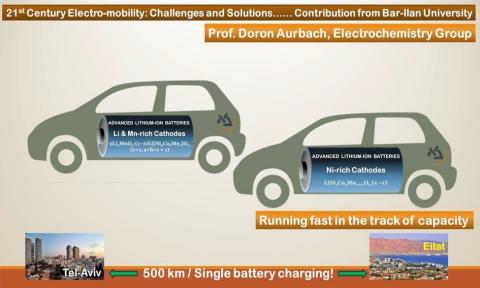
• Li metal based, very high energy density rechargeable batteries.
• Advanced Li ion batteries for electromobility.
• Advance analytical techniques (in-situ observations).
• Batteries for large energy storage (e.g. rechargeable Mg batteries).
• Super-capacitors (very fast energy storage & conversion).
• Water desalination by electrochemical means. -

פרופ' ליאור אלבז
972-3-738-4252
Fuel Cells and Hydrogen Technologies
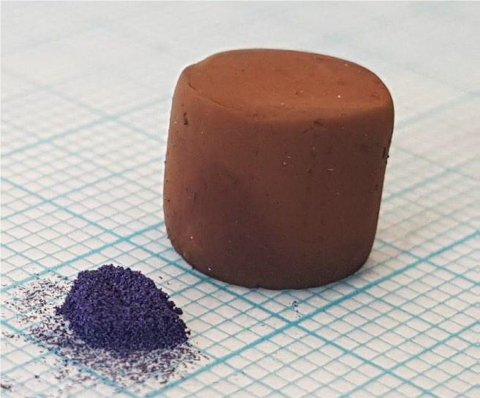
In recent years, the world leaders have come to realize that we must change the way we produce and use energy. Being the source of life on earth, from growing crops to producing fresh drinking water through desalination, to sustaining our economies and lifestyles, energy is the most important commodity on earth. The shift to sustainable energy sources raised some new challenges, which include large energy storage for short-, mid- and long-term, to compensate for intermittent power supply, seasonal shortages and strategic storage, respectively, as well as energy for industry and transportation. To tackle these challenges, a cascade of solutions is necessary, out of which hydrogen economy gives the most comprehensive solution. Hydrogen produced from surplus sustainable energy harvested from sunlight, wind and hydropower, can be stored for short and long periods, easily transported between countries and continents and used to produce electricity for the grid, transportation, industry and private homes. Hydrogen economy was already adopted by some of the leading industrial countries, including the EU, Japan and South Korea, which already committed to investments of hundreds of billion of USD over the coming decade.
-

Molecular characterization of complex tissues
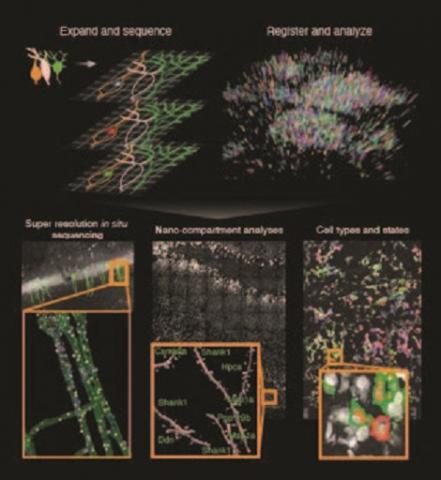
Nano-precision in the location of RNA molecules inside tissues is crucial for many biological processes including learning and memory. The multiplexed measurement of the nanoscale position of these molecules allows mapping the heterogeneity of complex tissues, and therefore can lead to a better understanding of many diseases including cancer.
-

Nano-scale crystallization phenomena
Our group is developing approaches that utilize nano-scale systems for studies of crystallization phenomena and mechanisms that determine the morphologies of crystals. Insight from this research can lead to very useful technological applications, as understanding crystal growth mechanisms will allow us to better control crystalline products of chemical synthesis. This view is inspired by treating nano-crystals as “embryonic” stages of crystal growth. In a sense, every crystal begins its evolution as a nano-crystal. The huge advantage in studies that follow this perspective is in our ability to utilize extremely powerful electron microscopy methods, including a novel technique that allows us to perform high resolution electron microscopy directly in liquid solutions. In this way we can retrieve details of the crystal structure and overall shape at remarkable resolution, during the crystal’s initial formation. These details are often hidden in bulk crystals, unidentifiable by X-ray crystallography, yet critical for understanding of the mechanisms by which crystals grow.
-

ד"ר חנה נועה ברעד
03-5317876
Multinary Material Systems for Energy and Sustainability
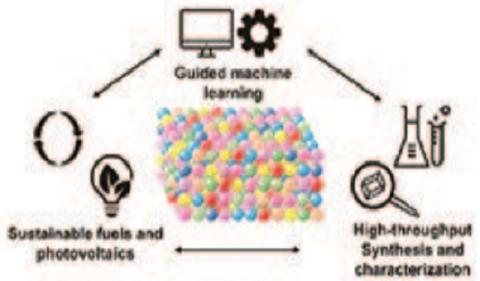
The lab of Hannah-Noa Barad focuses on investigation of multinary (many element) materials that are used for the formation of sustainable fuels and energy. The multinary materials are used as catalysts to form clean sustainable fuels and in photovoltaics. For example, some of the reactions we investigate lead to the formation of H2 (e.g., by water splitting) to be used as an energy source, or carbon-based fuels like CH3CH2OH (e.g., by CO2 reduction). The methods we employ in the lab include machine learning techniques to for rational design and prediction new multinary materials and combinatorial synthesis approaches to fabricate large area libraries of multinary materials with compositional and morphological gradients. The material libraries’ physical, electrical, and chemical properties are then studied using a myriad of different techniques, all of which are built for high-throughput measurements and analysis. All the data we gather in stored in a very large database in the lab. The multinary compounds of interest that we discover are studied in-depth to investigate their working mechanisms and what drives their activity to form clean fuels. The combination of rational design and combinatorial science leads to rapid breakthroughs and state-of-the-art material systems, which will outperform currently used materials and bring about faster and more advanced solutions to the climate crisis.
-

פרופ' אלי ברקאי
972-3-531-7020
Theoretical Physics
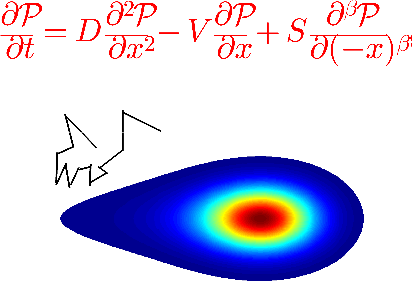
• Dynamics of cold atoms in optical lattices.
• Nano science: Blinking quantum dots.
• Statistical physics: Foundations of weak ergodicity breaking• Biophysics: dynamics of single molecules in live cells.
• Dynamical systems: Infinite invariant measures and weak chaos.
• Fractional kinetics. Fractals
• Single molecule photon statistics. -

פרופ' אהרון גדנקן
972-3-531-8315
Nanochemistry
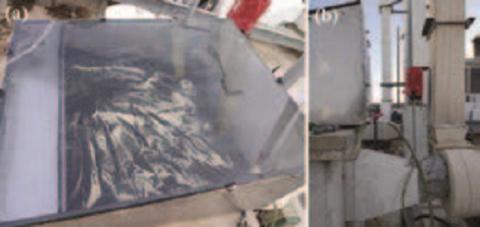
Developing new methods (sonochemistry, microwave dielectric heating, sonoelectrochemistry, and RAPET) for the fabrication of nano materials.
• Developing nano materials for various applications -

פרופ' גיל גובס
972-3-5317390
Biomaterials and Advanced Materials group
Research in my group has been focused on revealing and explaining the fundamental interactions that underlie inorganic material formation in nature, a process known as biomineralization. We particularly make use of our expertise in solid-state NMR spectroscopy to analyze the rudimentary processes of biogenic material formation in atomic/molecular level. Unveiling the structure/activity relations in these specialized biomolecules involved in regulation of solid biomaterial formation has been particularly elusive. Using these findings, we develop new biomaterials for hard tissue applications based on rationale guidelines. We implement NMR characterization in materials research to understand interfaces between nanomaterials at great detail and employ molecular insights to design concept materials that are more environment friendly.
-

Exploring light and matter interactions in materials through quantum electronic structure simulations
Our lab strives to understand and predict how does atomic and electronic structure of materials and molecules effect their optoelectronic and mechanical properties. Understanding microscopic properties of materials, will help in controlling chemical reactions on surfaces and electron transport in nanomaterials, improve optoelectronic properties of devices, and predict novel quantum materials. In the lab we will simulate materials properties, electronic transfer mechanisms, and chemical reactions on the computer. We will develop state of the art electronic
structure for predicting properties of materials, we will focus on nano-materials and 2D quantum materials. -

פרופ' משה דויטש
972-3-531-8476
Experimental x-ray studies of surface properties of liquid metals
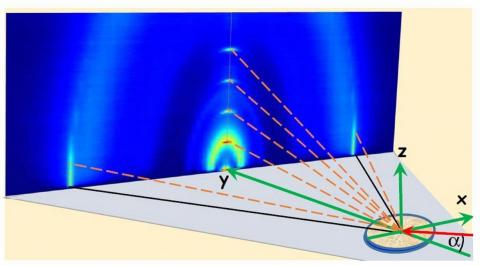
- Experimental x-ray studies of surface properties of liquid metals
- Simple liquids and liquid crystals
- Structure of mono-molecular Langmuir films
- Dynamical x-ray diffraction phenomena in perfect crystals
- High precision crystal binding studies
- X-ray emission and absorption spectroscopy
- Synchrotron radiation and its applications
-

פרופ' דוד זיתון
972-3-738-4513
Photovoltaics and energy storage
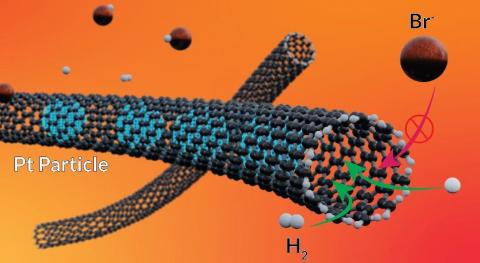
The current research focuses on the investigation of the chemical synthesis of materials to promote renewable and green energies. We have a high expertise in the wet synthesis of Nano-scale materials with the accent on the transition metals, their complexes, organometallic, metallic, and metal-oxide compounds. We developed new chemical routes using soluble organometallic or metal-organic precursors as an alternative to conventional colloidal chemistry and gas phase thin film deposition. These nanoparticles and their assemblies display high activity as catalysts for fuel cells, electrolyzers and redox flow batteries. We were the first to introduce the use of electron magnetic measurements in post-mortem analyses of Li-ion batteries and the first group to publish the operando electron magnetic measurements.
-

פרופ' יעקב טישלר
972-3-738-4514
Device Spectroscopy Laboratory
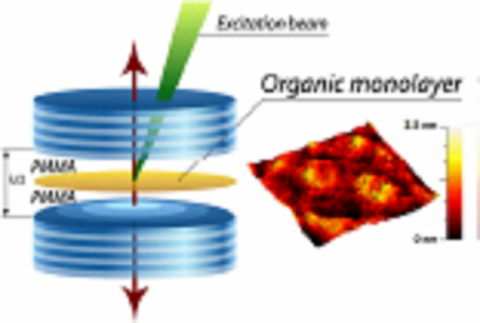
• Coherent coupling in light-matter coupled systems: Organic Lasers, J-aggregates, and Polaritons.
• Ultra-high resolution scanning microcopy and spectroscopy.
• Applications of ultra-fast non-linear spectroscopy for energy sustainability.
• Novel approaches to organic crystal growth and OLED deposition. -
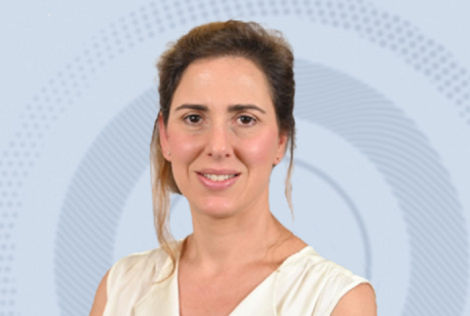
ד"ר מורן ידיד
0543561226
Bioengineering and Regenerative Medicine
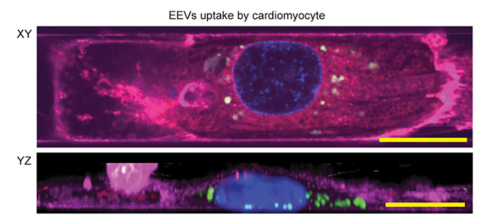
A single cardiomyocyte, micropatterned on soft silicon surface. The images demostrates two views of uptake of fluorescently labeled extracellular vesicles in the cardiomyocyte.
Image was taken by a spinning disk Olympus microscope.
-
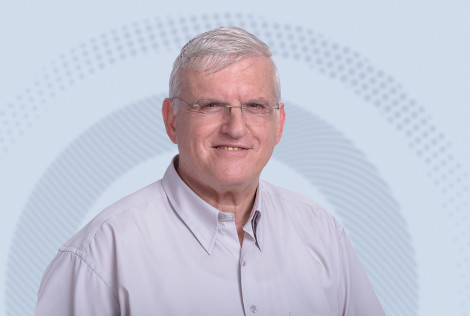
פרופ' יוסף ישורון
972-3-531-8369
Fundamental physics & Applied Physics
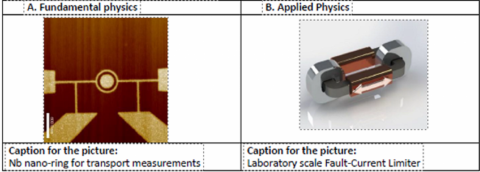
• Condensed matter physics
• Magnetism
• Superconductivity -

פרופ' דוד כהאן
972-3-531-7876
Alternative Energy
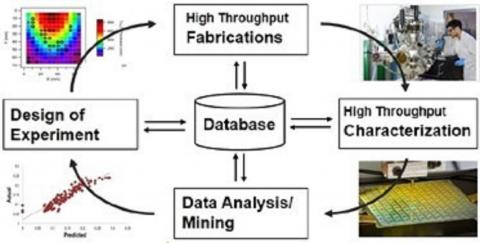
- Alternative Energy:
- Photovoltaics (PV), esp. materials for high voltage, low-cost, stable PV
- Combinatorial synthesis and characterization of optoelectronic materials
- Semiconductor materials & device chemistry & physics
- Biomolecular optoelectronics
- Fundamentals of proteins as electronic materials
-

פרופ' תומר לוי
972-3-738-4631
Nano-optics and Light–matter interactions in metamaterials
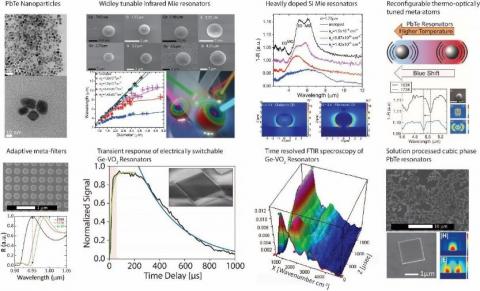
Our group studies fundamental aspects of nano-optics and light-matter interactions in nanostructures, 2D quantum materials and nanophotonic platforms. We investigate exotic materials for manipulating optical processes from the single ‘meta-atom’ level to full metasurface arrays. We design and fabricate tunable 2D nanophotonic platforms that enable the control of fundamental light properties such as emission, absorption, directional scattering, polarization, lasing etc. Utilizing these investigations we ultimately strive to make novel integrated, active nanophotonic devices.
-

פרופ' ג'אן-פאול ללוש
972-3-531-8324
Innovative Surface Engineering of Magnetic/Non-Magnetic Nanomaterials
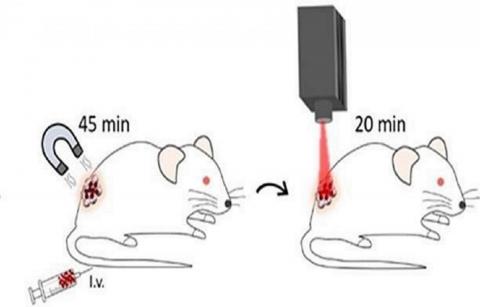
In our lab, we focused on both synthesis of functionalized magnetic NPs and surface modification/engineering of both tungsten disulfide nanotubes and Nano-Diamonds. These set of functional NPs are nontoxic/biocompatible and has a high potential as drug delivery systems, with an important capability of imaging (MRI, X-ray, Fluorescence, … etc.). So far, we focused on the following topics, the use of magnetically responsive NPs in cooperation with Photodynamic Therapy (PDT) drug towards higher drug accumulation by magnetic targeting and therefore, a much more effective PDT output. We also developed an effective innovative nanoscale Delivery System as anti-Leishmania drug, which is based on cerium cation/complex-doped maghemite nanoparticles (Ce·ɣ-Fe2O3-NPs) that are coordinatively bound by both polyethylenemine (PEI) polymer and FDA-approved anti-leishmanial drug pentamidine. Novel surface engineering of nanodiamonds has been also innovatively discovered towards a preliminary wide range of biological and cosmetic applications. Moreover, novel functionalization of inorganic WS2 nanotubes with maghemite NPs resulted in an hybrid magnetic nanocomposite to improve anti-cancer treatment using photothermal therapy (PTT), as well as promoting nanomaterial reduced aggregation together with an additional ability for nanotube versatile second-step surface functionality/engineering.
-

פרופ' דן תומס מאיור
972-3-531-7392
Computational Chemistry

- Simulation tools for modeling of nuclear quantum mechanical effects in condensed phase reactions, improved quantum mechanics/molecular mechanics Hamiltonians, moleculardocking.
- Computational study of enzymatic reactions, mechanism, electronic effects, conformational flexibility, nuclear quantum effects, origin of catalytic power, solution phase reactions, mechanism, electronic effects, membrane proteins, ligand-receptor complexes, material science modeling, surface adsorption, surface and surfactant properties, mesoscale modeling of amorphous systems.
-

פרופ' יוסי מנדל
972-3-738-4234
Ophthalmic Science and Engineering Lab
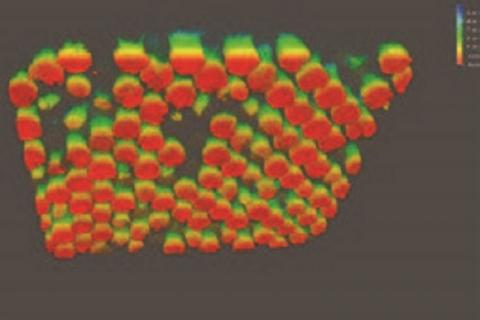
• Electro-cellular interfaces, optical and electronic micro-devices development
• Applied science for improving diagnosis, treatment and prevention of various ophthalmicdiseases.
• Artificial introduction of the visual information and its processing by the retina and the visual cortex.
• Electro-cellular interface with the autonomic system and application of high electrical field for solid tumor ablation (IRE - Irreversible Electroporation). -

פרופ' יצחק מסתאי
972-3-531-7681
Charity at the nanoscale
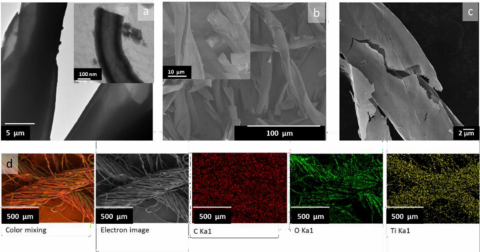
Prof. Yitzhak Mastai His current research is focused on Nanoscale Chirality, Synthesis and Analysis of Chiral Nanosurfaces and Chiral self-assembled Monolayers and Polymeric Chiral Nanoparticles. Mastai and his colleagues, have gained international reputation in these fields, and have pioneered several new concepts and techniques in the following areas: SAM's for the preparation of Chiral Nanosurfaces for Chiral resolution by crystallization. Chiral ordered Mesoporous silica by Chiral polymer -Templated Synthesis. An innovative new Carbon Chiral Mesoporous, based on the Carbonization of Chiral Ionic liquids. The development of Optical Scanning Microscopy (NSOM) and Isothermal Titration Calorimetry (ITC) for the determination of Nanoscale Chirality.
-

פרופ' שלמה מרגל
972-3-531-8861
Polymers, biopolymers and nanotechnology for biomedical and industrial applications
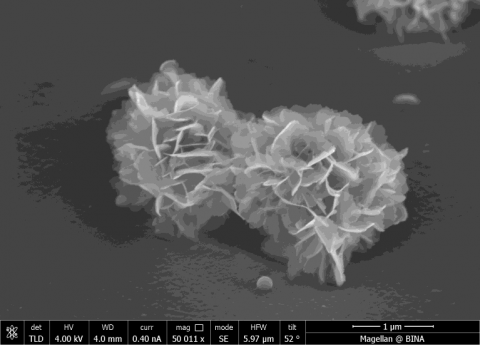
Prof. Margel’s earlier interests included electrochemistry of vinylic monomers and polymers, polyaldehyde microspheres and self-assembly monolayers. His current research focuses on functional polymeric nano/micro-particles for medical and industrial applications, such as targeted nanocapsule drug delivery systems, surface modification, and functional thin coatings (self-cleaning, anti-biofouling, UV absorbers, anti-fog and superhydrophobic coatings). He is a world pioneer and gained international reputation in the area of nanotechnology, particularly in the design of functional nano/micro particles of very narrow size distribution for medical and industrial applications.
-

פרופ' דורון נווה
972-3-531-4657
Graphene Composites for Sensor Applications • Graphene Electronics • Two Dimensional Semiconductors
• Graphene Composites for Sensor Applications
• Graphene Electronics
• Two Dimensional Semiconductors -

פרופ' מלאכי נוקד
972-3-738-4238
Functional thin film for electrochemical devices
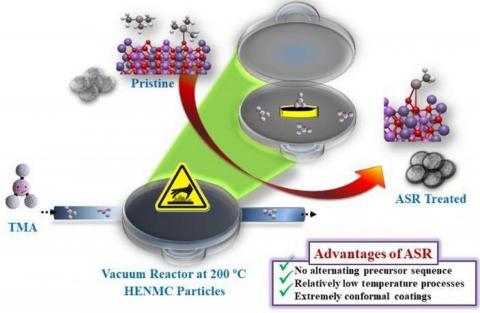
Surface directed chemical reaction in vacuum (atomic/molecular layer deposition ALD/MLD) for:
1. Stabilization of batteries electrodes in implanted medical devices
2. Designing arrays of nano-materials with controlled morphology and structure for electrochemical devices.
3. Modified metallic anode surfaces for next generation rechargeable batteries. -

פרופ' דניאל נסים
972-3-738-4540
Synthesis of 1D & 2D nanostructures
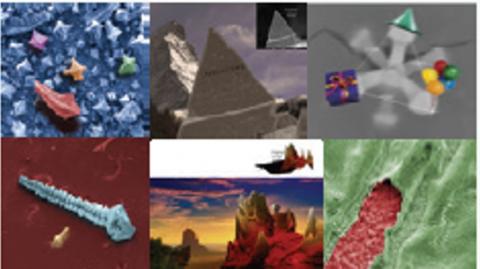
• Synthesis of carbon nanotubes and understanding of growth mechanisms
• Synthesis of 2D nanocarbons (graphene, GO, rGO)
• Synthesis of 2D metal / sulfidesphosphides - selenides
• Application of synthesized nanostructures to batteries, supercapacitors, fuel cells, heterojunctions, sensors -

פרופ' עדי סלומון
972-3-738-4235
Light-matter interaction at the nanoscale
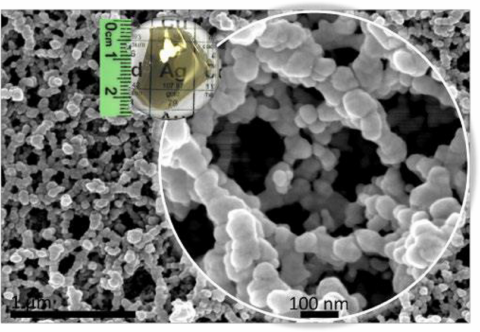
The overall goal of my laboratory is to develop, fabricate and to use plasmonic systems as a ‘photonic environment’, or even as a ‘photonic catalyst’. In general, we aim at opening new routes for photochemical processes/reactions on surfaces by controlling the electromagnetic-field properties at the metal surface, that is, to do, 'chemistry with plasmons'.
-
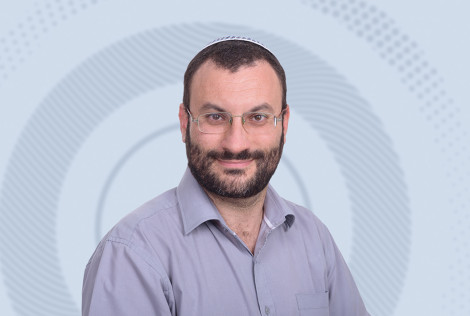
פרופ' אלי סלוצקין
972-3-738-4506
Experimental Soft Condensed Matter Physics
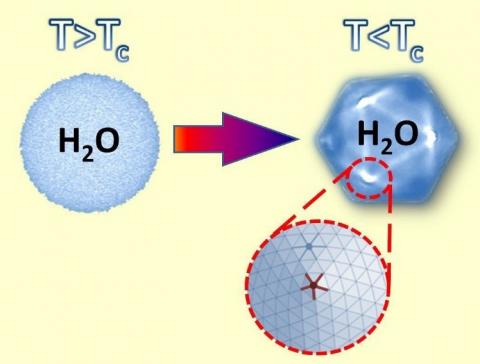
We employ optical microscopy, light scattering, optical tweezing, and analytical centrifugation, to study phases and phase transitions in systems of colloids, micron-sized particles in a solvent. These systems exhibit liquid, crystalline, glass, gel and liquid-crystalline phases, where the colloidal particles mimick atoms and molecules. Employing confocal microscopy, we follow tens of thousands of individual particles in real time, in either two or three spatial dimensions. This unprecedentedly-detailed experimental information, which is not available with any other experimental technique, allows a much deeper understanding of collective phenomena, such as crystal nucleation, glass formation, and random solid packing to be achieved.
We also study the interfacial physics of liquid emulsion droplets. Recently, we have discovered a unique interfacial phase transition, which allows the droplet shapes to be temperature-tuned from spherical to faceted, with their bulk remaining liquid.
-

General Title of the Research in the Lab Theoretical and Computational Research on Polymers in Materials and Biophysics
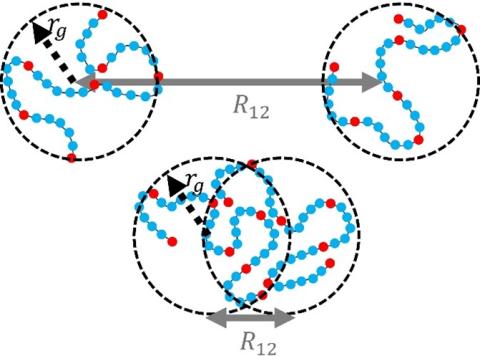
Our research focuses on understanding the structure and dynamics of polymers through theoretical models and computational simulations. In biophysics, we study how intrinsically disordered proteins interact and examine the formation and properties of biopolymer condensates created through liquid-liquid phase separation. In materials science, we investigate how small molecules move through polymer membranes and analyze the elasticity of interpenetrating polymer networks. Throughout our research, we seek to understand the molecular mechanisms behind these phenomena and validate our findings using molecular dynamics simulations. We conduct simulations of polymer solutions, polymer assemblies, and polymer networks, and test the effects of external stimuli on these systems. Our long-term goal is to develop quantitative theories that can predict the properties of polymeric materials and that will eventually allow the rational design of new materials.
-

פרופ' ליאור קליין
972-3-531-7861
Multi-level magnetic memory
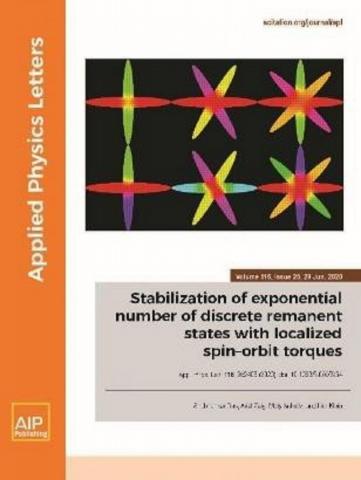
• Magneto-transport in thin magnetic films (particularly ruthenates and manganites)
• Anisotropic magnetoresistance and giant planar Hall effect
• Current induced manipulation of domain walls
• Macroscopic quantum tunneling
• Transport properties of LAO/STO interfaces
• Magnetic sensors and memory -

פרופ' בינה קליסקי
972-3-738-4339
Sensitive magnetic imaging
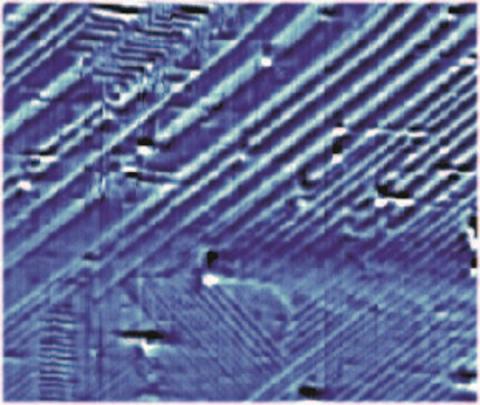
• Superconductivity
• Nano-magnetism
• Bio-magnetism
• Scanning SQUID microscopy
• Complex oxid interfaces
• Nano-electronics -

פרופ' יצחק רבין
972-3-531-8857
Soft and Biological Matter
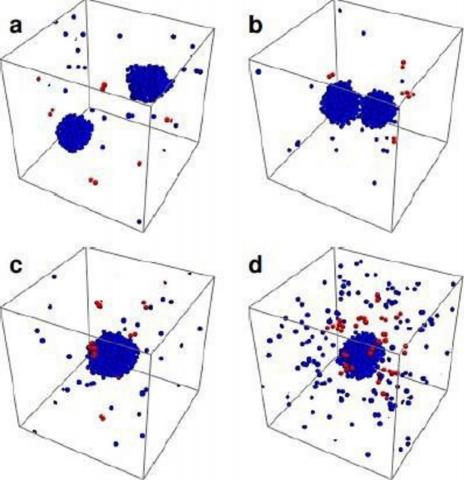
Theoretical studies of APD (All Particles are Different) fluids and solids; Microbiome-host adaptation; Bacterial division; Reactions and phase separation in active systems; Scale-dependent viscoelasticity; NPC (nuclear pore complex) morphology.
-

פרופ' שי רהימפור
+972-3-5317412 -

פרופ' חגי שפייזמן
972-3-738-4255
Directed Materials Assembly by Optical and Acoustic Forces

We develop novel concepts based on the idea that forces arising from light (as optical traps or photo- thermal based) and standing acoustic waves can be used to influence the products of ongoing chemical reactions. These forces dictate the spatial distribution of the materials, their mesoscopic structure and could allow the formation of new composite materials. These approaches have many benefits compared to other "bottom-up" methods for material assembly that conventionally rely on accumulation of preformed materials.
A key feature of our methodology is its modularity, as it could be implemented on various material systems. Due to the flexibility in material choice, this innovative approach will open the door to new ways to act upon materials, with envisioned applications in 3D printing, electronics and sensing.
-

פרופ' עמוס שרוני
972-3-738-4516
Phase transitions on the nano-scale
- Spintronics
- New Temperature Coefficient of Resistance (TCR) materials
- Organic/SC hybrid



